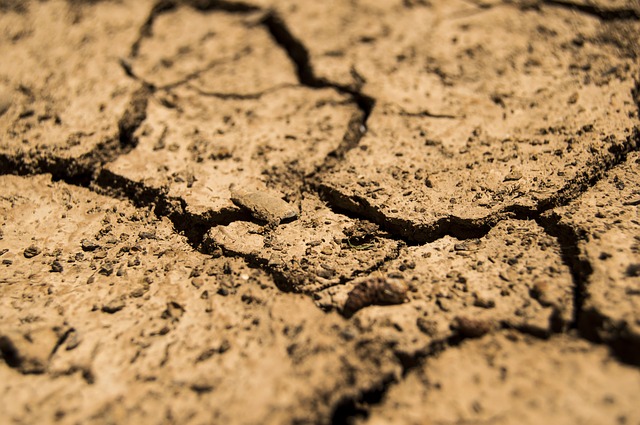Effects of Weather on Radon Levels in Iowa
Most homeowners are not aware of the fact that weather patterns can influence the radon levels in their homes. Radon is a colorless, odorless, tasteless gas that is a major contributing factor in lung cancer among people in Iowa. It is considered the number one cause of lung cancer among non-smokers, and radon levels in Iowa are particularly high. However, many people do not realize that severe weather situations can put them at an even higher risk of radon exposure. It is important to have your home tested for radon and to have any radon taken care of as soon as possible.
While radon levels vary greatly from home to home, even if the homes are close together, there are a couple of different weather situations that can cause higher radon levels in your home:
 Drought/Heat: When the ground is much drier than normal, it causes the water table to lower significantly. This exposes deeper layers of the ground, where more radon gas decays from uranium in the soil. This gas can seep into homes through cracks in the ground and in the foundation. Also, closed windows and air conditioning turned on generally provide less ventilation to remove radon.
Drought/Heat: When the ground is much drier than normal, it causes the water table to lower significantly. This exposes deeper layers of the ground, where more radon gas decays from uranium in the soil. This gas can seep into homes through cracks in the ground and in the foundation. Also, closed windows and air conditioning turned on generally provide less ventilation to remove radon.- Winter Weather: During the cold winters in Iowa, radon levels in your home can rise. This is due to the fact there is a greater stack effect in the wintertime (warm air rising and escaping the home to be replaced with new air often, from the soil below), and due to the fact that the radon cannot rise through the frozen ground in the yard and so is pushed up through the warmer soil directly beneath your home. Also, homes have poorer ventilation in the winter due to closed windows.
- Wet Conditions: When the ground is wet, more radon is able to move quickly to the surface of the ground, where it can seep through foundation cracks into your home. In addition, windows are normally closed more during rainy or wet conditions, which cuts down on ventilation that helps radon leave the home.
Iowa Solutions to Effects of Weather on Radon Levels
Whether these conditions are occurring outside or not, it is important to have your home tested for radon. Testing your home and implementing a radon mitigation system will greatly reduce chances of health problems that are often caused by prolonged exposure to radon. Once you have the proper radon mitigation system in your home, you will not have to worry so much about weather conditions causing high levels of radon in your home and the negative effects of weather on radon levels.
While it is important to test for radon, the EPA recommends avoiding administering radon tests during storms, high winds, and other kinds of weather conditions that might affect radon levels. Severe winds and rainy conditions can temporarily affect radon levels in your home, leading to an inaccurate test result.
Contact Ameriserv Radon Mitigation for short-term and long-term radon testing as well as radon mitigation in your Iowa home.
 Our Response to COVID-19
Our Response to COVID-19 
